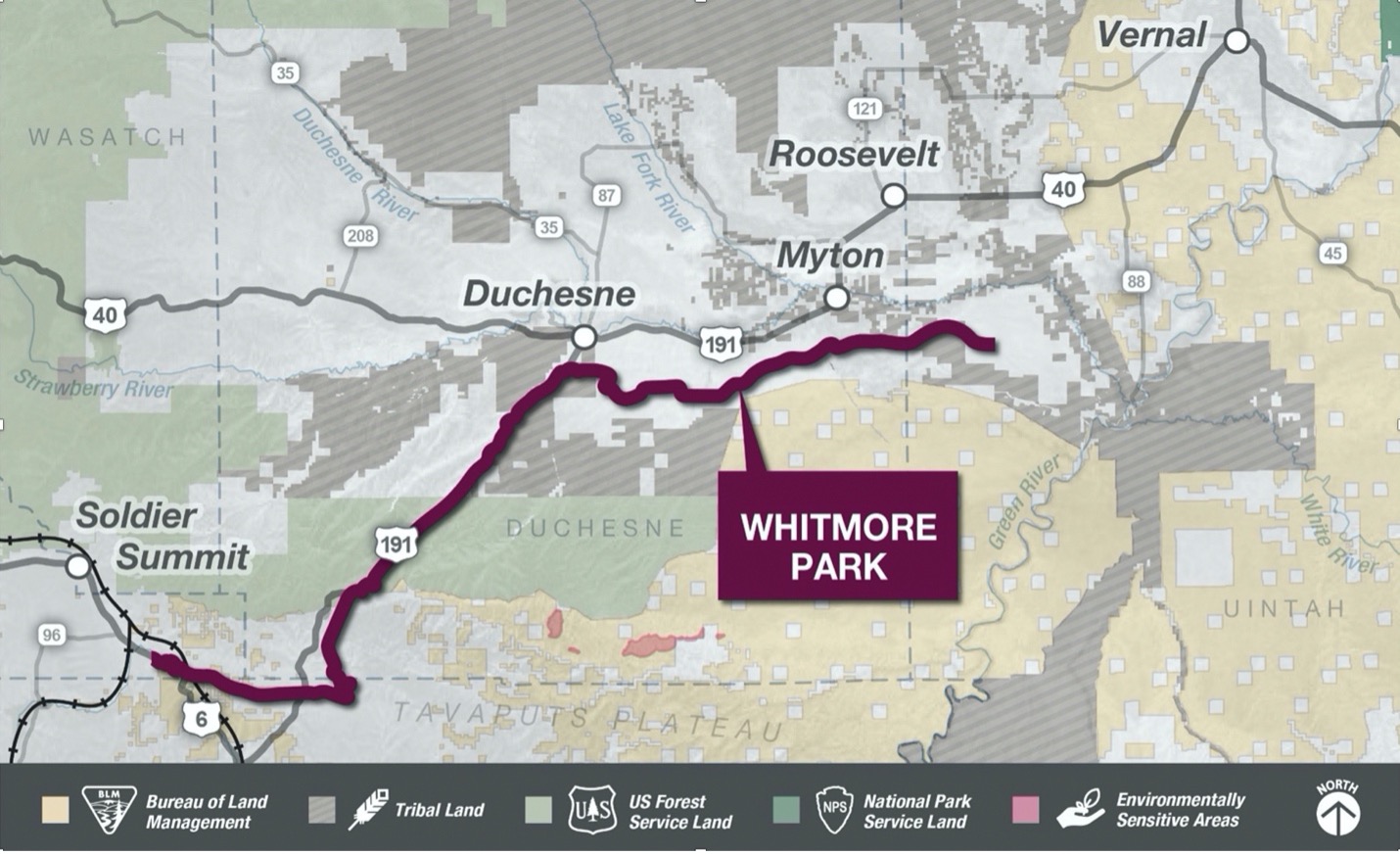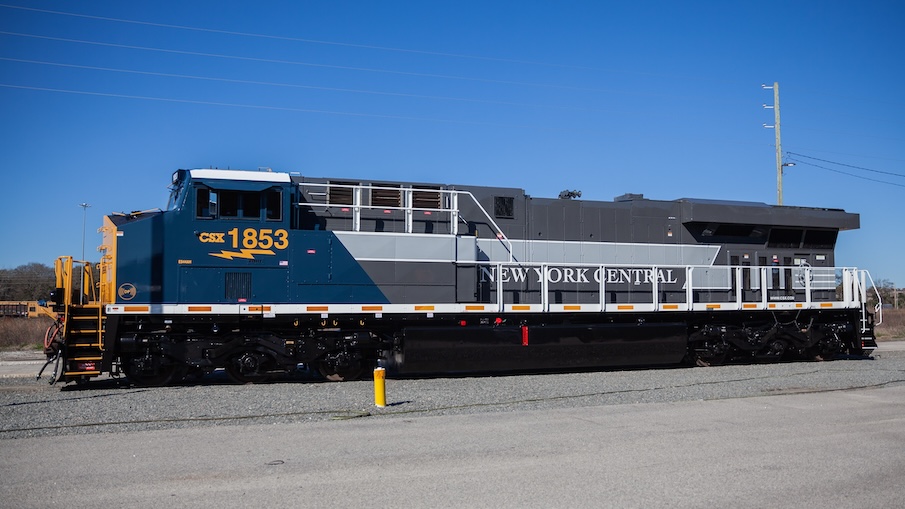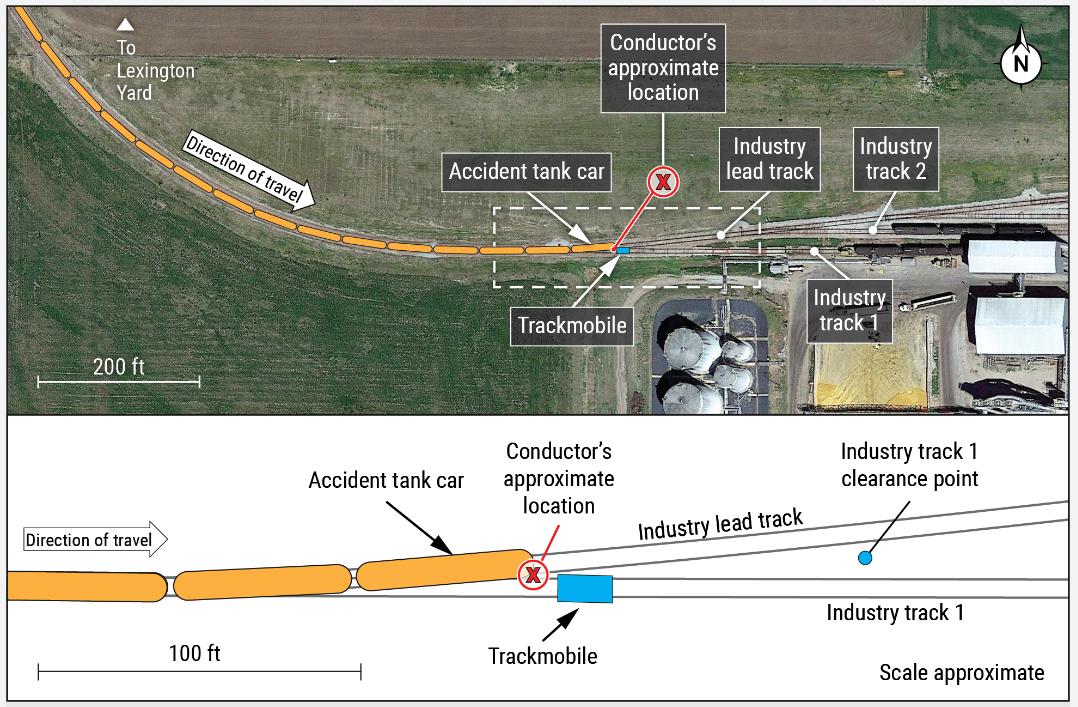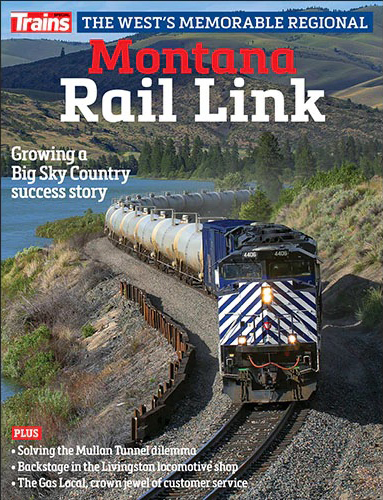
PRICE, Utah — The Seven County Infrastructure Coalition, the governmental body behind the Uinta Basin Railway project, has scheduled a public hearing for Thursday, June 12, on its intent to seek $2.4 billion in private activity bonds for construction of the 88-mile rail line.
The coalition last week approved a plan lto seek the funding from the U.S. Department of Transportation’s private activity bond funding, but the Colorado Sun news site reports that most of the funding in the current allocation — $29.4 billion of a maximum of $30 billion — has already been distributed. As a result, the Seven County request may have to wait until Congress passes a new transportation bill, likely sometime in 2026.
The bonds are only expected to cover about 70% of construction costs, the Sun reports, meaning the construction cost is now placed at about $3.4 billion.
The Coalition had sought $1.9 billion in bond funding in 2023 before pausing that effort while its appeal of a court decision blocking construction was considered by the U.S. Supreme Court. In an 8-0 decision last month, the court overturned the lower-court ruling that the Surface Transportation Board’s environmental review was insufficient. That sends the case back to U.S. Court of Appeals for the District of Columbia to reconsider under the narrower environmental standards set by the Supreme Court ruling.














My question as a resident of Uintah County, one of the “Seven Counties”… This was sold under the idea that Drexel Infrastructure Partners were providing the funding. So why is the Seven County Infrastructure Coalition issuing bonds? DO they get a better rate as a governmental entity? And if the whole thing (Worst case) flops, who will get stuck with the debt? I guess you have to speculate to accumulate…
@Vincent: Public Activity Bonds have to be reviewed and approved by the counties the project will pass through in order to qualify for the municipal borrowing rate. They then refer the approvals to the state public finance commission.
This is done so the state and public entities can verify that the project is sound and in the public interest.
Brightline had to do the same for their PAB’s via the Florida Public Finance Authority.
Brightline West did the same for their borrowing in Nevada.
There is no assumption of risk by the counties as PAB’s require some form of collateral.
The national allergy to building new railways has to be cured.
The national allergy to any kind of building, progress, and/or innovation needs to be cured. Quick!
PAB’s based on oil revenue should have no problems getting syndicated and sold on the markets.
The enviro’s will try to tie this project up in the courts for years, and will probably succeed (look at Sable Offshore’s efforts to reopen an oil pipeline in Santa Bqrbara County, California). The only advantage here is that the local people want this railroad.
Robert, the Colorado environmentalist already tried that, getting a Federal Court to say that the EIS done in accordance with STB mandates was flawed because it did not consider “down stream impacts” of oil drilling and refining in its assessment. Under that requirement, no oil drilling could ever happen again ANYWHERE in the US if that was left to stand. Fortunately, SCOTUS was more realistic in its jurisprudence and ruled unanimously 8-0 (with Judge Neil Gorsuch abstaining due to a conflict of interest) early this month that the requirement was not realistic and that the requirements set forth by the STB were “…appropriate under the National Environmental Policy Act… and did not need to address the environmental effects of upstream oil drilling or downstream oil refining. Rather, it needed to address only the effects of the 88-mile railroad line. And the board’s EIS did so.” It was a great win for people of Northeastern Utah who want the railroad and a defeat for overreaching environmentalist and their handpicked federal courts. (Where have we heard that before?) Based on this decision, there will be no further appeals based on the merits of the project…
Further SCOTUS ruled that, ““Simply stated, NEPA (National Environmental Protection Act) review is a procedural cross-check, not a substantive roadblock… The goal of the law is to inform agency decision-making, not to paralyze it.” And Paralyze it is what the Colorado Environmentalist did for 4 years.